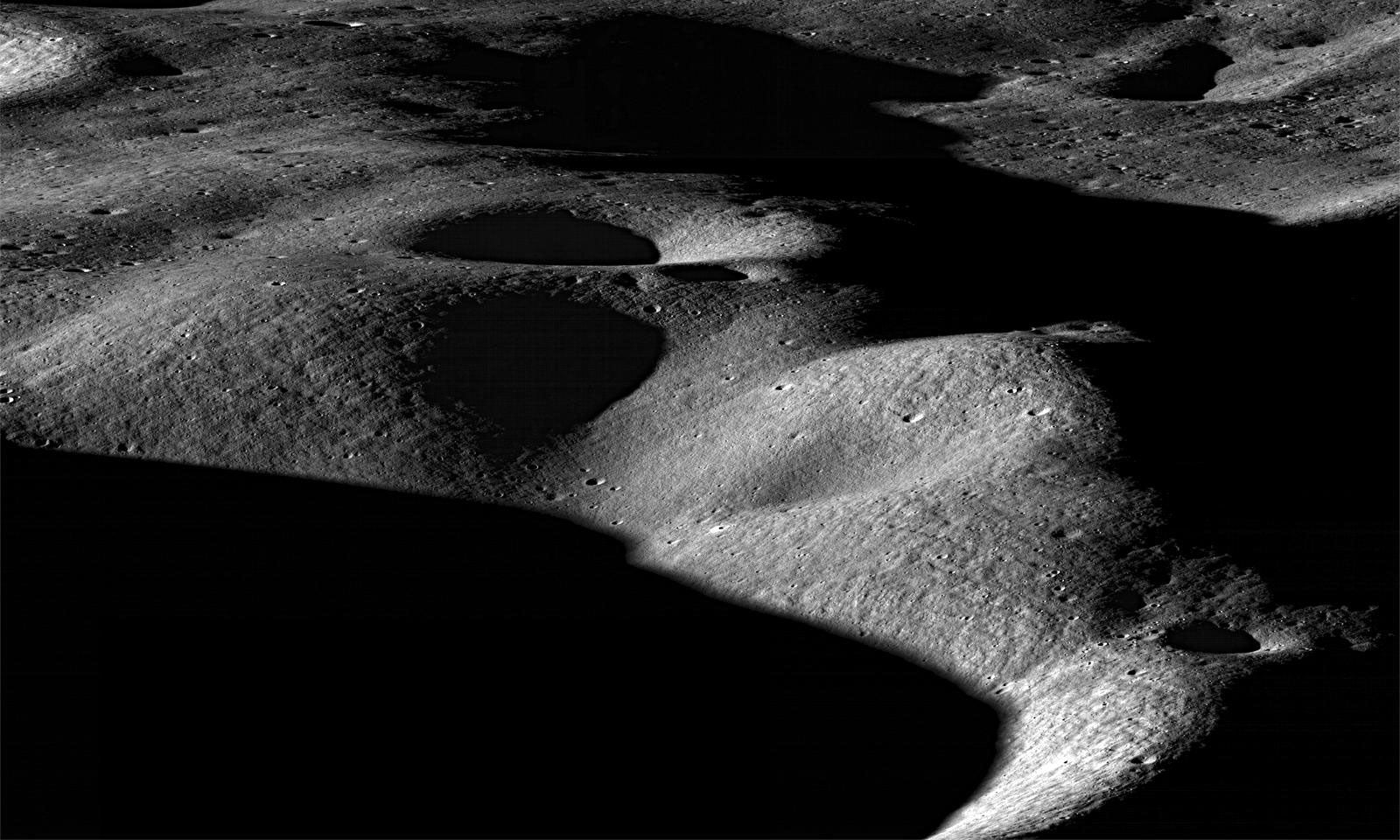Moonstruck
The Flow TripThe moon. That thing in the sky that cyclically changes shape, sometimes showing face, and counterbalances the sun. The moon was actually once a part of Earth. Turns out an object around the size of Mars crashed into Earth about 4.5 billion or so years ago, and the debris that flew off is what is now what orbits our planet. But there is far more to the moon than meets the eye — the dark side, for starters, and an impact on quite a few things on Earth you might not have known about. From exerting gravity to reflecting sunlight to being a guiding beacon, the moon’s role is far more important than signifying sundown.
 Photo by Ganapathy Kumar | Unsplash
Photo by Ganapathy Kumar | Unsplash
Tide
This one you might already know: The moon affects the tides of our oceans and lakes. But can you picture it? It’s all due to gravity. The moon’s gravitational force pulls the ocean water away from the globe and towards the moon, resulting in a bulge around the middle of the planet — depending on which side of the globe the moon is on, of course. And with that pull, it either makes the tides lower or higher. Next time you’re looking to take the boat out, pay attention to the sky.
Climate
Without the moon, our seasons would be all out of whack. We can thank the gravitational pull of the moon for keeping the obliquity of Earth’s axis the same throughout the year. Without this, the Earth would be moving all over the place, meaning we wouldn’t see the consistency of winter, spring, summer, and fall. Damn it, Newton, you were on to something.
Day Length
Think your days fly by now? Our days would go by even faster if it weren’t for the moon. Gravity is a powerful thing, and that pull from the moon helps to slow down the pace of Earth’s daily rotation. This means longer days than what we would experience if we didn’t have our lunar neighbor orbiting around us.
 Photo by Aloha Photo Studios | Pexels
Photo by Aloha Photo Studios | Pexels
Animal Navigation
Animals don’t have GPSs — but they do have the moon, which helps many species of animals navigate in a number of different ways.
- The moon is the main source of light at night, reflecting the sun when it’s on the other side of the planet, and is therefore a nocturnal animal’s best accomplice for a number of reasons. It’s ideal for lighting up the sky enough to be able to hunt and forage for food. And it makes some nighttime activities safer: Sea turtles depend on the full moon to find an ideal nesting spot on the beach, and their hatchlings rely on the light of the moon to find their way back to the sea.
- The position of the moon within the lunar cycle informs certain species of their location on their journey while migrating. The position and phases of the moon help animals maintain their course on their long journeys home.
- Dung beetles use not just the regular light of the moon, but the polarized light from the moon (this happens when moonlight passes through the upper atmosphere and hits particles) to roll their balls of dung in a straight line, helping them get home and secure their dinner without threat.
Biodynamic Wine
The moon’s gravitational pull yanks on water everywhere, not just the oceans — it even pulls the water in soil. This can boost the absorption of water and nutrients by plants rooted in said soil. And when it comes to wine, soil and climate are everything — so the moon’s pull can influence the taste and quality of grapes. You also might be wondering what biodynamic means: It's just a fancy way of saying a wine was produced based on an astrological calendar.
On said calendar, there are four different categories of days based on the moon’s position, and they line up with constellations: fruit days, flower days, leaf days, and root days. This whole idea was inspired by Austrian architect and philosopher Rudolf Steiner, but the original idea of the moon impacting horticulture comes from the Romans. Forever ahead of their time.
Fruit Days
Days when the moon is in front of the fire sign constellations: Leo, Aries, Sagittarius. These are the ideal days to harvest or prune. Also the best days to give your wine a taste test.
Flower days
Also ideal for harvesting and pruning, these days are when the moon passes through any one of the air sign constellations: Aquarius, Libra, Gemini.
Root Days
Not ideal for tasting, root days are related to Earth signs in the stars: Virgo, Capricorn, Taurus. Instead of harvesting, try plowing instead.
Leaf Days
Another time not to harvest your grapes or taste your wine are days when the moon moves through water sign constellations: Pisces, Scorpio, Cancer. These are days when plants are doing their whole photosynthesis thing, and apparently that doesn’t taste great.
 Photo by David Clode | Unsplash
Photo by David Clode | Unsplash
Animal Reproduction
While it might not be the same romantic gesture as George Bailey offering to lasso the moon for Mary in the classic film It’s a Wonderful Life, a myriad of other animal species rely on the moon for mating. And they say romance is dead.
- Most coral species that reside on the Great Barrier Reef only reproduce once a year — another part of why they are so important to protect — and it is always the night following the full moon between October and December. The reason for this is due to water temperature being ideal for coral eggs to mature enough to be released, along with the change in the amount of light from the full moon to waning gibbous. The full moon suppresses the release of sperm and eggs from coral due to the continuous light, and once the moon phase shifts, the entire colony of coral spawns at the same time. It’s said to look something like an underwater snowstorm.
- Having predators seems like a stressful endeavor, which is why amphibians rely on the lunar cycle when it comes to mating. An entire local population will mate on the full moon, meaning all the eligible bachelors and bachelorettes gather in the same place on the same night. This tactic not only helps ensure the continuation of the population but also reduces the chance of any one pair being eaten mid-rendezvous.
- Blue crabs benefit greatly from the full moon. Not only does it bring higher tides, which means more food, but it also triggers spawning. It is also believed that these stronger tides prompt the blue crabs to molt, or shed their shells, allowing them to grow. All thanks to the moon’s gravitational pull. One rather productive night.
 Photo by NASA
Photo by NASA
Legacies in Depth
The Flow TripWhat the Water Gave Me
The Flow TripSubscribe to The Flow Trip
- Choosing a selection results in a full page refresh.
- Opens in a new window.




